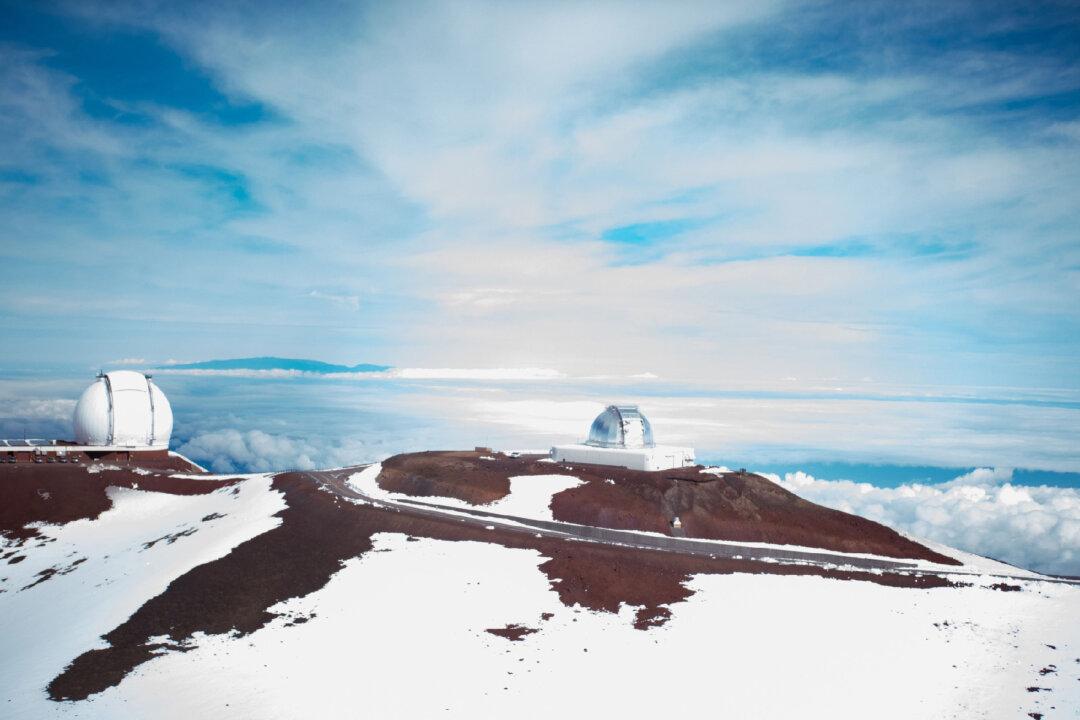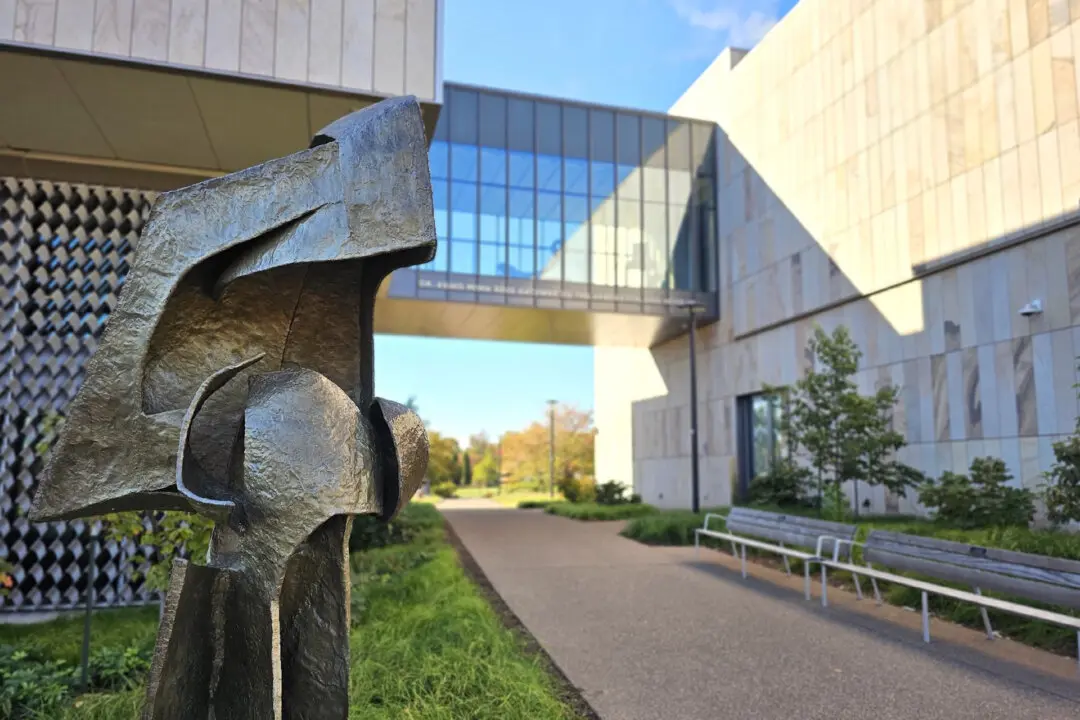If you went on a trip last winter to ski or enjoy another snow sport in the United States, you were in good company. According to the National Ski Areas Association, Americans made more than 65 million journeys to play in the snow, and some were to unexpected places.
For example, more than 6 million snow visits were to the Midwest, and more than 4 million were to the Southeast. Along with these geographical surprises, some destinations, resorts, and snow-capped mountains offer attractions that extend beyond the familiar activities.





